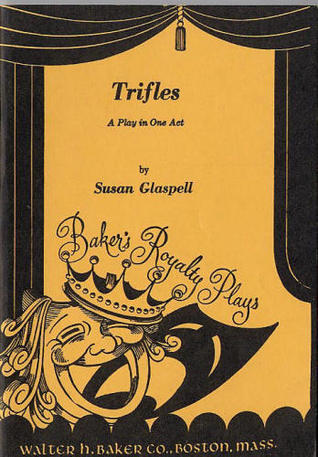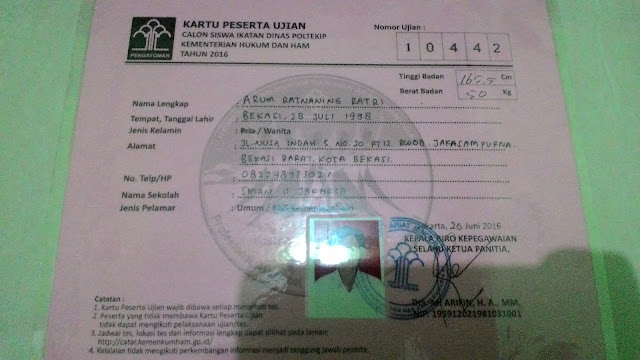Sociological Analytical of Trifles by Susan Glaspell
Sociological Analytical Table
Contemporary Drama
Trifles
By: Susan
Glaspell
Datum Number
|
Duration of
Minutes (Citation in Film)
|
The Dominant
|
The
Subordinate
|
Explanation
(Deconstructing the subordinate compared to the dominant)
|
American
Women in early 1900s got less respect from men and had to accept the gender
roles that oppress them as something of a natural world order.
|
||||
1.
|
HALE: Well, women are used to
worrying over trifles.
|
American men
|
American
women
|
According to Shmoop Editorial
Team (2008), the slew of sexist comments from the menfolk in the play
represent the attitude of most men in the country. Those very men also fail
to recognize their role in oppressing the women. As a result, the men
belittle the women, mocking their character, intelligence, and subservience.
The men laugh at the women for their emphasis on “trifles,” the small needs
of housekeeping and comfort, even when those things are all the men allow the
women to have. The men have not only oppressed the women, they also blame the
women for enjoying the only things their oppression allows them to have.
Deconstructing:
The male characters are
prejudiced in believing that nothing important can be discovered in areas of
the house where Minnie spent most of her time. Their minds are clouded by
prejudice and they disregard important clues as being mere
"trifles" that women concern themselves with. They search the barn
and the bedroom, places where men have dominance, rather than the kitchen,
the only place where a woman would be in charge. One important line, spoken
by the sheriff, says of the kitchen "Nothing here but kitchen
things." This dismissal of the importance of a woman's life and the male
reluctance to enter the "women's sphere" is key in the men's
failure to discover the crucial evidence for the case. The most important
evidence, the dead canary that the two
women find, was hidden in Minnie's sewing basket.
[They look in the sewing
basket.]
MRS HALE: Here's some red. I
expect this has got sewing things in it. (brings out a fancy box) What a
pretty box. Looks like something somebody would give you. Maybe her scissors
are in here. (Opens box. Suddenly puts her hand to her nose) Why—(MRS PETERS
bends nearer, then turns her face away) There's something wrapped up in this
piece of silk.
MRS PETERS: Why, this isn't her
scissors.
MRS HALE: (lifting the silk)
Oh, Mrs Peters—it's—
[MRS PETERS bends closer.]
MRS PETERS: It's the bird.
MRS HALE: (jumping up) But, Mrs
Peters—look at it! It's neck! Look at its neck! It's all—other side to.
MRS PETERS:
Somebody—wrung—its—neck.
The two women, having pieced
together the murder, face the moral dilemma of telling the men about the
motive or protecting Minnie, whom they see as a victim. Their choice raises
questions about solidarity among women, the meaning of justice, and the role
of women in society as a source of justice. As they recognize that Minnie was
abused by her husband, the two women hiding the evidence against Minnie so
that she will not be found guilty. The women side with Minnie and understand
why she chose to kill her husband.
|
2.
|
MRS HALE: I might have known
she needed help! I know how things can be—for women. I tell you, it's queer,
Mrs Peters. We live close together and we live far apart. We all go through
the same things—it's all just a different kind of the same thing.
|
American
society
|
American
women
|
At the beginning of the play,
the women too seem to accept the gender roles that oppress them as something
of a natural world order. However, as the play progresses, Mrs. Hale and Mrs.
Peters come to recognize that, as women, they are being oppressed. In
Minnie’s dead bird – a bird strangled by her husband – they see their own
strangled hopes, perhaps even their own strangled lives. They become
sympathetic to the difficulties Minnie Wright experienced after his marriage
to John Wright since they also feel the same as fellow wife.
Deconstruction:
[HALE goes outside. The SHERIFF
follows the COUNTY ATTORNEY into the other room. Then MRS HALE rises, hands
tight together, looking intensely at MRS PETERS, whose eyes make a slow turn,
finally meeting MRS HALE's. A moment MRS HALE holds her, then her own eyes
point the way to where the box is concealed. Suddenly MRS PETERS throws back
quilt pieces and tries to put the box in the bag she is wearing. It is too
big. She opens box, starts to take bird out, cannot touch it, goes to pieces,
and stands there helpless. Sound of a knob turning in the other room. MRS
HALE snatches the box and puts it in the pocket of her big coat. Enter COUNTY
ATTORNEY and SHERIFF.]
In this joint recognition they
find a connection between themselves and with other women, and begin, in
their own quiet yet profound way, to rebel. Mrs. Hale and Mrs. Peters decide
to hide the evidence against Minnie from the men.
|
Author:
Arum Ratnaning Ratri
2211416050
English Literature, 2016
Universitas Negeri Semarang
For subject:
Drama Analysis (407)


Komentar
Posting Komentar